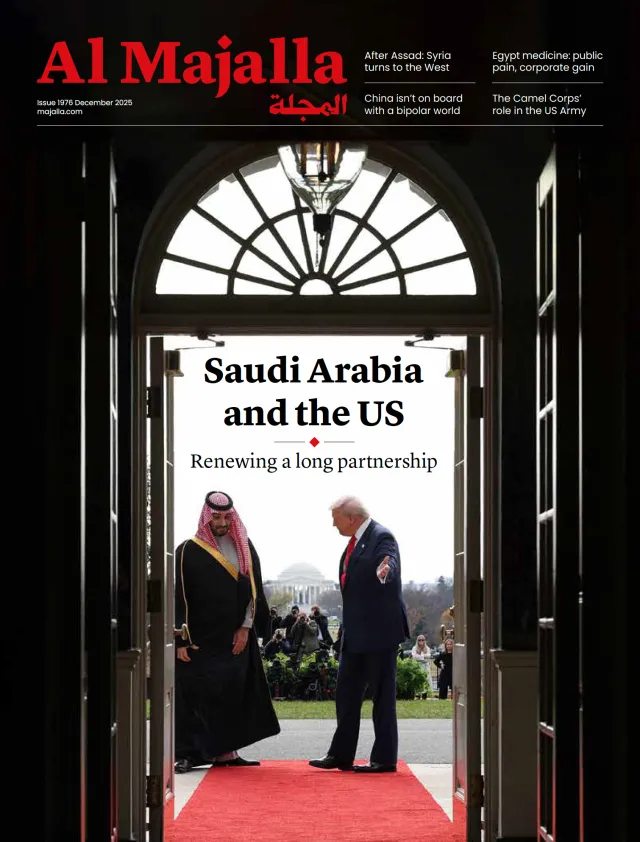The current US–Iranian negotiations underway in Oman are markedly different from those held a decade earlier under US President Barack Obama, even though the location is the same. The first talks held on Saturday were reportedly "constructive", and another round of negotiations is set to be held this coming Saturday.
Unlike the backchannel talks of 2015, today’s negotiations are being conducted in full view, and US President Donald Trump has given Iran a two-month window to come to a deal while simultaneously threatening military action should no agreement be reached.
Everything feels different this time. In the aftermath of Hamas’s October 7 attack on Israel, Iran has been dealt a series of devastating blows, knocking its so-called ‘Axis of Resistance’ off its feet. Hezbollah’s top-brass leadership has been decapitated, Hamas has been severely degraded, and the US is currently carrying out air strikes on the Houthis in Yemen.
Furthermore, Iraq’s Popular Mobilisation Forces have recoiled and now teeter on the edge of dissolution, former Iranian President Ebrahim Raisi died in a suspicious helicopter crash—widely believed to be an assassination—and Ismail Haniyeh, Hamas political bureau chief, was assassinated in an audacious attack in Tehran, demonstrating Israel’s penetrating reach and prowess.




